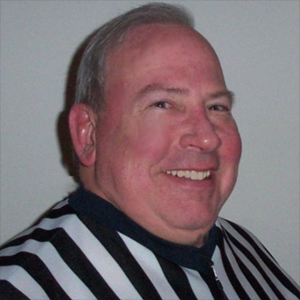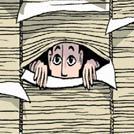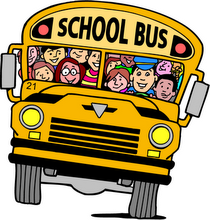
Rndballref
20 Years Experience
Chicago, IL
Male, 60
For twenty years I officiated high school, AAU and park district basketball games, retiring recently. For a few officiating is the focus of their occupation, while for most working as an umpire or basketball referee is an avocation. I started ref'ing to earn beer money during college, but it became a great way to stay connected to the best sports game in the universe. As a spinoff, I wrote a sports-thriller novel loosely based on my referee experiences titled, Advantage Disadvantage
If neither player is entitled to the air space where they collide, it should be treated as incidental contact, regardless of the severity of the impact.
On a spot throw in (as opposed to a throw in after a basket), the in-bounder is required have at least one foot on or above (if jumping) a 3 foot wide area parallel to the boundry line. This same in-bounder can move away from the court until he hits the bleachers, wall or any other obstruction in a perpendicular area to the boundry line as long as he stays within the 3 foot wide area.
Also note that during a throw-in, the in-bounder cannot be called for traveling - that is he can move within the 3 foot area without dribbling.
Once the shot is released the 3 second restrictions are lifted. It is ok for a late whistle to call 3 seconds after the shot goes up IF the violation happened before the shot, and the official is just late in calling it. But it is an error if part of the 3 second violation occurs including time after the shot is released. The restrictions start again after the offensive team obtains team control with the ball in the front court.
It is also possible to be legally in the paint for 5 seconds with the ball. Here is how: a player catches the ball in the paint. You are counting 1, 2 . Before you get to three, the player dribbles toward the basket. You restart the count. If the player drives directly and shoots before the new 3 seconds then it is a legal play. If the dribbler reverses directions or stops, then it is three seconds.
3 seconds at the varsity level is a good example of preventive officiating. When a player is camped out in the lane, I want to warn him to move out a couple times unless he has gained the ball or a big rebounding advantage. "Move out, or keep moving out of the paint". After a couple warnings, then call it constantly. In my experience, the higher quality players need 3 seconds called rarely, whereas in middle school you need to call it regularly.
I am not sure about international rules and it does not seem like an in bounder can shoot from out of bounds. I have seen international basketball where the in bounder can retrieve the ball and throw it in without the referee touching the ball. I actually like that way for inbounding after violations because it makes the defense hustle (kind of like a throw in in soccer).
iPhone & iPad Technician
 Is Apple is still the young and hip brand or have mom and dad spoiled it?
Is Apple is still the young and hip brand or have mom and dad spoiled it?
Social Security Employee
 How do you check to see whether someone claiming disability is actually disabled?
How do you check to see whether someone claiming disability is actually disabled?
School Bus Driver
 Do the kids treat you with the same amount of respect as other authority figures at school?
Do the kids treat you with the same amount of respect as other authority figures at school?
If the player comes down with both hands on the ball it is double dribble. If the player has only one hand on top of the ball it is a dribble and he cannot dribble again.
You need to establish front court possession before you can have a back court violation. Answer is no.
Team control ends when the ball is in flight on a try or tap for a goal. Since there is no team control, there is no backcourt violation. Play on...
-OR-
 Login with Facebook
Login with Facebook (max 20 characters - letters, numbers, and underscores only. Note that your username is private, and you have the option to choose an alias when asking questions or hosting a Q&A.)
(A valid e-mail address is required. Your e-mail will not be shared with anyone.)
(min 5 characters)
By checking this box, you acknowledge that you have read and agree to Jobstr.com’s Terms and Privacy Policy.
-OR-
 Register with Facebook
Register with Facebook(Don't worry: you'll be able to choose an alias when asking questions or hosting a Q&A.)